 |
The Patient Portal will be launched in phases with initial functions targeted to be rolled out in the second half of 2020. Earlier, five patient and parent groups were invited to join the first round of usability review activities to experience the prototype developed for the Patient Portal and provide feedback. |
|
|
| |
| The Patient Portal is one of the main work targets of the Stage Two Development of the Electronic Health Record Sharing System (eHRSS). In light of the greater emphasis placed on promoting primary healthcare, medical-social collaboration and Public-Private Partnership (PPP) in recent years, the Patient Portal will be playing a greater role and positioned as the public health portal in Hong Kong. |
| |
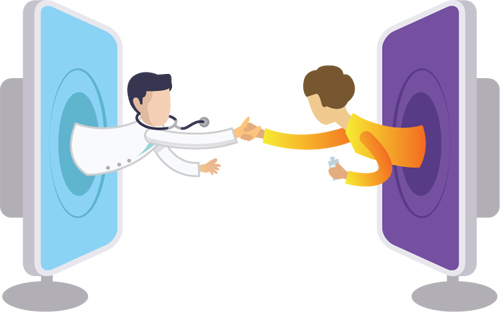 |
| In light of the greater emphasis placed on promoting primary healthcare, medical-social collaboration and PPP in recent years, the Patient Portal will play a greater role and positioned as the public health portal in Hong Kong |
|
| |
| With the above aim, a set of parameters has been drawn up to guide the development of the Patient Portal. Right from the start, development teams have adopted a user-centric design and the agile development approach as major steps to define requirements and improve user experience before the Patient Portal makes its way to the public. |
| |
Building an Effective Public Health Portal
|
| Positioned as the public health portal in Hong Kong, the Patient Portal is envisaged to serve as an integrated platform or “hub” to provide information and a range of functions that can help engage users and empower them to more actively manage their own health. |
| |
 |
| Expected Functions of the Patient Portal at Initial Launch |
|
|
| In developing the Patient Portal, requirements and solutions are crafted and updated through the collaborative efforts of stakeholders, users and cross-functional teams. Within this framework, user needs and requirements can be aptly identified, and modifications can be rapidly and flexibly made to achieve continual improvements. This will be further complemented by the progressive roll-out of functions under the “mobile-first” strategy and the running of trials where appropriate. |
| |
Experiencing the Patient Portal
|
| As part of the collaborative development process, the Electronic Health Record Office has commenced a series of usability review activities to gauge users’ feedback and suggestions on the Patient Portal through “hands-on” experience with the prototype. The first round was held at the Central Government Offices on 18 March 2019. |
| |
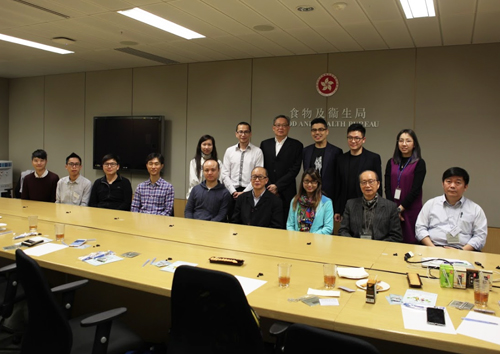 |
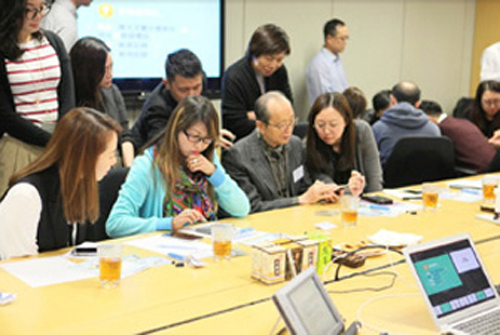 |
|
| Representatives of five patient and parent groups were invited to attend the usability review activities. They were from the Hong Kong Alliance of Patients' Organizations, Society for Community Organization, the Hong Kong Society for the Aged, the AIDS Concern and the Natural Parenting Network |
| |
| Participants of the usability review activities were introduced the features of the Patient Portal mobile application (app) and invited to try out its functions. Feedback on the design, layout, functionalities and usability was gathered. |
| |
| Overall, participants were positive towards the design and functions of the mobile app and appreciated its easy navigation and presentation in particular. One of the patient group representatives commented, “The app is user-friendly with clear presentation of texts and images. I can easily navigate and obtain health information in just a few clicks.” Another representative said, “The medication and appointment records are useful, especially for carers of the elderly, as managing all those paper records and appointment slips for them is not an easy task at all.” |
| |
| Participants welcomed the value-added functions such as the integrated “Doctor Search”. “It is very convenient to find out whether a clinic has joined eHRSS or the Elderly Health Care Voucher scheme. It is also easy to check the balance and transaction history of the latter through a single portal. It will be great if search filters, such as district and clinical specialty, can be provided to help us locate suitable healthcare professionals,” a representative remarked. |
| |
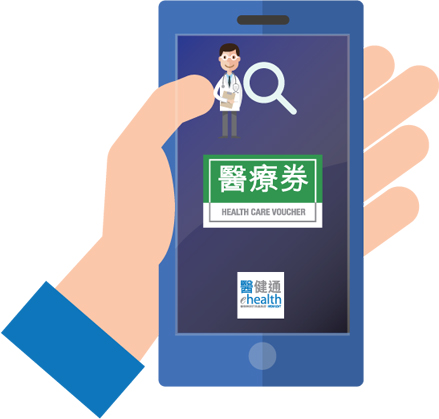 |
| |
| Parent representatives found the immunisation records at the Patient Portal particularly helpful. “This is one of the most important health records of our children. It is quite handy to have an electronic copy at the mobile app as back-up and to input the records on our own,” one of them said. Another parent also opined, “The interface is easy to use. It is also convenient for parents and carers to view records of both their children or the carees on top of their own via the same device. Yet, there must be measures to protect data privacy and security.” |
| |
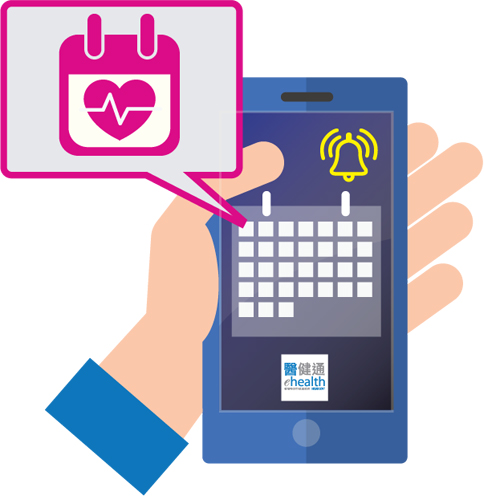 |
| |
| Valuable suggestions on enhancing the mobile app were also collected during the sessions. “A patient may have medical appointments scheduled months or even a year later. It would be helpful if patients can input their upcoming medical appointments on the Patient Portal, in addition to those recorded by doctors in eHRSS, and set reminders on the portal,” a participant mentioned. |
| |
| Apart from suggesting enhancements to the textual and graphical instructions to improve usability, a representative said, “In future, we may consider providing voice direction guide and navigation on the Patient Portal to assist the elderly and the visually-impaired to make use of the mobile app to manage their own health.” |
| |
| Representatives opined that the Patient Portal mobile app was a good starting point and they looked forward to having more functions and features. “The Patient Portal, with the availability of easily obtainable health information and a wider range of functions, will help promote self-care and health management in the community. I will surely recommend the mobile app to my family and friends,” a participant said. |
| |
The Way Forward
|
| On the whole, representatives of the patient and parent groups were supportive of the design of the Patient Portal and they looked forward to its future development. Users’ participation and contributions are always crucial to the building up of a user-centric Patient Portal. Efforts will continue to be made to engage different stakeholders, including the next round of usability review activities from end-2019, before the Patient Portal goes live by the second half of 2020. |
| |
 |
|
| |









